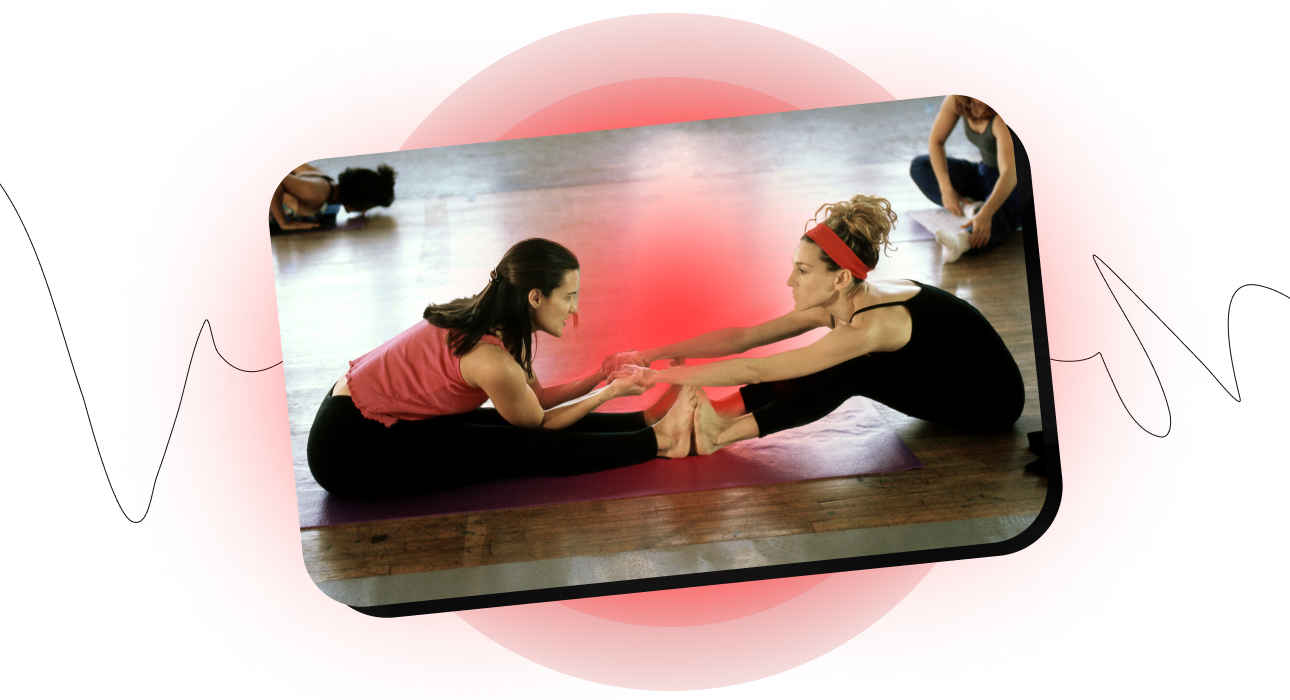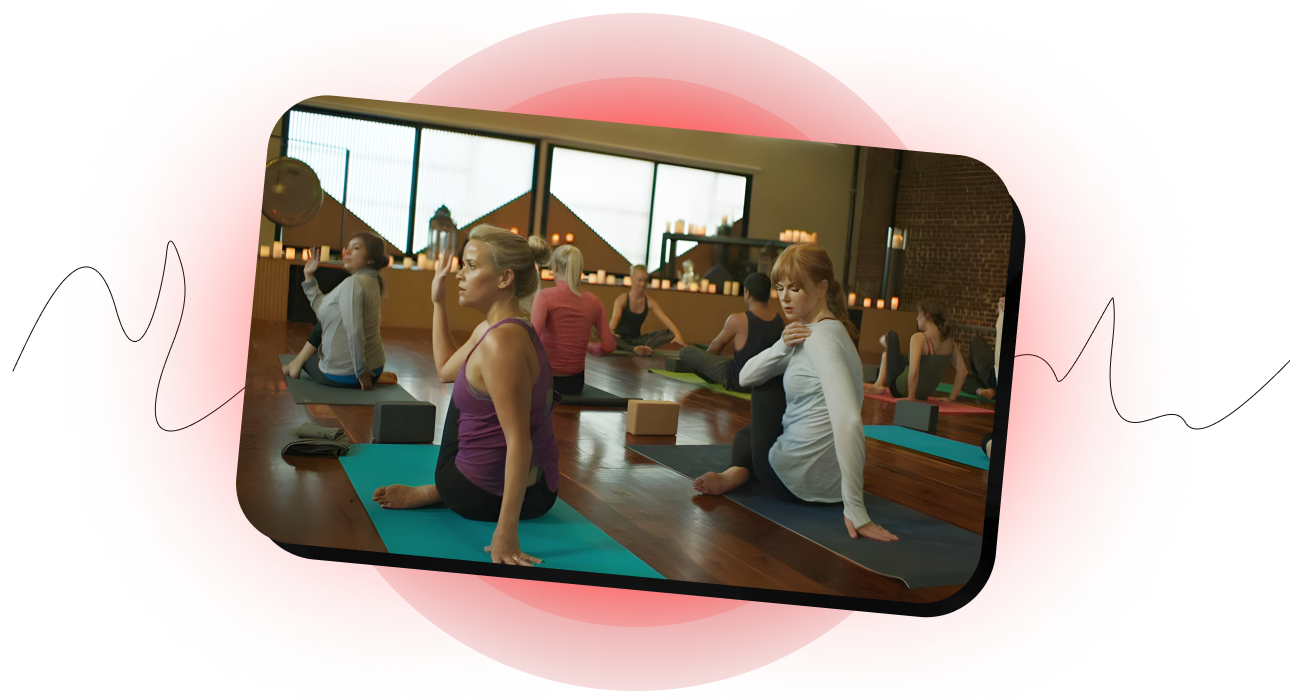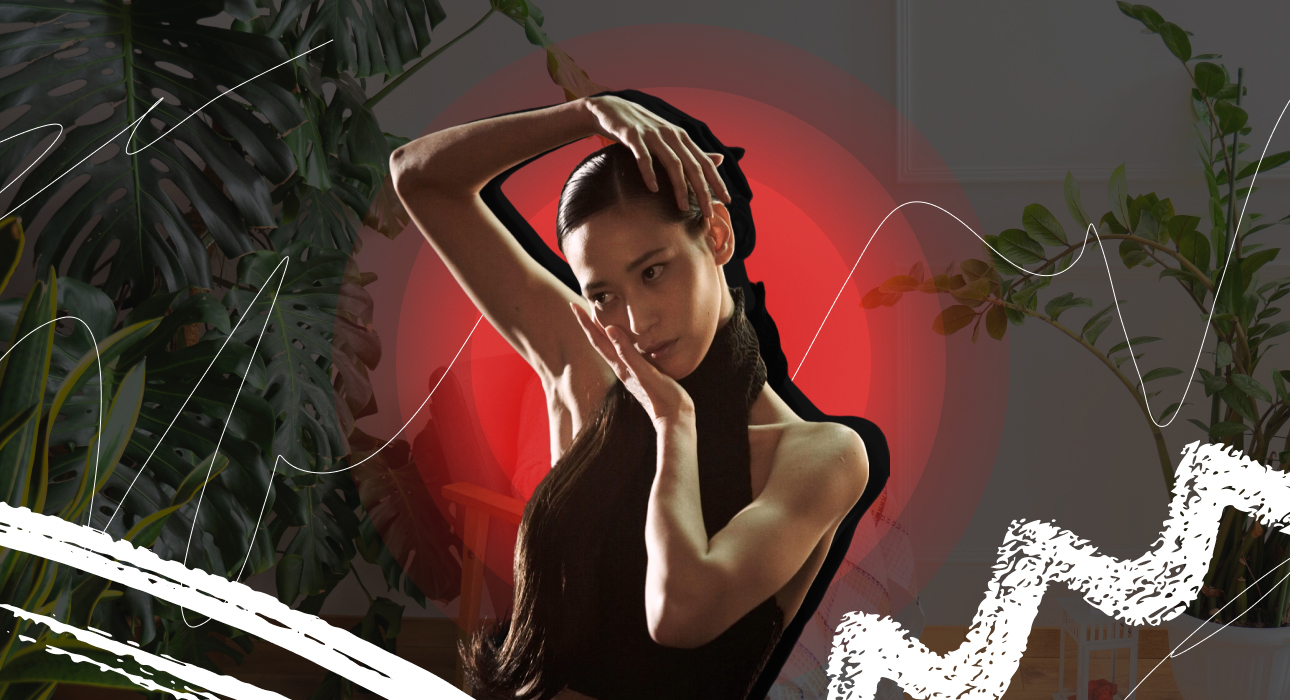Dear reader, we present to you our beauty columnist Inessa Tsarkova.
Inessa is an active nutritionist, gastroenterologist, therapist, naturopath and aromatherapist, health coach, integrative medicine doctor with a holistic approach. And now he will share with us his knowledge in the field of both physical and mental health, nutrition and much more.
Today we will discuss the problem of tension that, unfortunately, residents of megacities find themselves in regularly. How can you help yourself relax even after the hardest day? Keep reading!

Inessa Tsarkova
Feeling and understanding your body’s true needs is a valuable skill to learn. After all, the most important thing we have is ourselves, active, healthy and inspired.
It is important not only to burden the body and ruthlessly exploit it, presenting it with claims and discontent, but also to show your care and love. And then the body will immediately react: it will become slimmer, more beautiful, more durable.
So it’s time to love yourself and take care of yourself. This is especially true in times of anxiety, anxiety, chronic stress and constant tension.
Unhealthy eating habits, constant lack of sleep, disturbances in biogenic rhythms, bad habits and lack of movement affect the health of our body. Therefore, when working sedentary at the computer, the trapezius and neck muscles (the so-called “collar” area) are in chronic spasm, while the sternocleidomastoid muscle, platysma and pectoral muscles shorten and become fibrosed; hip and thigh muscles (under constant pressure). The back muscles and the muscles in the shoulder blade area become overstretched, weaken and gradually atrophy. This disrupts your posture and causes discomfort in the spine and subsequently in the internal organs.
An important body care habit is to exercise regularly to relax and relieve tension.
As a result, the constant spasm of the muscles leads to the adhesion of the fascia (connective tissue sacs) surrounding them. Fascia compresses the neurovascular bundles by sticking together (fibrosing). Thanks to them, the work of other muscles and internal organs that need to be nourished, cleaned and innervated is disrupted. As a result of these processes, metabolism in cells is disrupted, organs malfunction, their functional activities decrease and diseases develop. The body becomes less attractive, the complexion and posture deteriorate, and the body ages rapidly.
relaxation methods

Learn to scan your body with your inner eye to identify the most tense and “tired” areas. To do this, sit up straight in a comfortable position, close your eyes, and mentally focus on the sensations in each part of your body in turn, starting from your feet and ending with the top of your head.
Stop at the place where tension accumulates, imagine a point (a clot of energy) inside your body that you relax by an effort of will. From this point on, the tissues in this area will also relax. The tension may not go away right away, but with regular practice you’ll get better over time.
Another simple and effective way to relax is to breathe with slow diaphragmatic breathing: slowly inhale through the abdomen (at the same time the abdomen swells and the lower ribs spread to the sides) and slowly exhale through the abdomen (at the same time the lower ribs). the ribs contract and the belly leans towards the spine). Such breathing “turns on” the parasympathetic nervous system, which relaxes spasmodic muscles and blood vessels, as well as sphincters of the digestive gland ducts (thereby improving digestion and normalizing the acid-base balance).
The third way to relax and relieve tension is self-massage.
It is important to regularly massage not only the areas where tension and discomfort are felt, but also the areas where there are biologically active points (which can affect the whole body) and the places where tension “hides” unnoticed.
The first group includes our palms, ears and feet. It is useful to press pointwise, both from the outside and the inside, with your fingers, nails or the blunt tip of a pencil, walking carefully in small steps, covering the entire surface of these parts of the body. If you find a particularly painful spot, you should linger on it longer, or even better, stick a grain or seed (for example, black pepper or green buckwheat seeds) in this place and periodically press on it.
A rolling pin or a thick roll of plastic wrap (or foil) can be useful for working on the feet. It is useful to roll your feet on them every day, lingering on particularly sensitive or painful areas.
Other areas to note are the facial and masticatory muscles and the cranial aponeurosis (the tendon helmet that connects the frontal and occipital muscles). Tension and constant tension in these places cause headaches, blurred vision, swelling of the face and premature aging.
Self-massage of this area causes redness of the skin (microcirculation is activated), which means that both nutrition and respiration of cells improve. Due to the acceleration of lymph flow, swelling disappears, the skin becomes brighter, its color and elasticity increase. If you massage yourself every day, you can improve the shape of your face, smooth out wrinkles and prevent the appearance of new ones.
Combining self-massage with exercise can help you lose weight and eliminate cellulite, improve posture and create a more beautiful figure.
Another area where tension silently accumulates is the abdominal area and diaphragm. All the fears, anxieties and anger had been hiding there for years. Therefore, the processes of absorption of nutrients, cleansing the body and supplying oxygen to the cells are disrupted.
The abdominal area should be massaged as follows: Lying on your back on a hard surface, with soft circular pressure movements, hold for about 20-30 seconds at each point. You should place your fingers at an angle of approximately 45 degrees to the back and head area. You can control the sensations by slowly dipping your fingers a little deeper with each pressure. You can start from the solar plexus area under the sternum, gradually moving in a circle to the right hypochondrium and then to the iliac region, moving to the suprapubic region. Next, we continue to rise along the opposite side towards the area of the left hypochondrium and gradually reduce the radius of the circle, approaching the navel area. Especially in places where strong tension and discomfort are felt (and these are areas of inflammation and fibrosis), we linger a little longer and massage a little deeper, improving the blood flow and lymph flow in this area. When chronic spasms and tension disappear, the diaphragm relaxes, inflammation in the internal organs (intestines, liver, gall bladder and others) decreases and their functions improve. You can finish the self-massage of the abdomen by gently tapping it clockwise.
As a result of daily self-massage, we strive to achieve a completely soft and painless abdomen, without spasms, inflammation and fibrosis. To accelerate and improve the healing effect of the abdominal organs, it is useful to regularly use a massage hemisphere (diameter about 16 cm). Once or twice a day, you need to lie face down, alternately applying the upper, middle and lower abdomen for 2-3 minutes in each area.
By performing self-massage (essentially a type of touching) correctly and with loving care for yourself, you can improve your mood and overall psycho-emotional state. Embracing yourself and letting your body know how much you love it is very beneficial for your mental health. Our love for touch begins in the prenatal period. In the womb, the baby’s skin is constantly in contact with the water environment, and as a result, signals are transmitted to the brain, making the baby feel calm and protected. Even after the baby is born, tactile sensations (primarily the mother’s touch) continue to be one of the main factors for his mental and physical health and development.
An important role in this is also played by the production of hormones (endorphins and oxytocin), which reduce stress levels and increase joy and satisfaction with life. The latter is also called the hormone of care and compassion, which improves our social bonds and trust in people, preventing depression and hormonal disorders. These hormones are necessary for the normal functioning of all physical processes.
Humans aren’t the only ones who need touch. Our younger siblings also need this constantly. So, in the wild, animals constantly lick themselves and each other (and this is not always done to clean their fur) (this is especially important for the development of their offspring), and pets, for example, always seek our affection. . This type of massage stimulates the production of hormones of happiness, and also directly activates the work of many systems, improving metabolism and the functioning of internal organs.
Therefore, touching, hugging and massaging are essential for maintaining health. And this is especially important for people with constantly stressful and sedentary lifestyles.
We don’t always have access to the embrace of our loved ones or the services of professional massage therapists, but our own hands and self-love are always with us. The palms (according to Tibetan medicine) are also the energy centers of our body and can heal and direct energy flows.
What self-massage techniques are there?

Stroking. Ideal for starting self-massage. Try doing these with your fingertips, gently touching the skin (without pressing hard) to prepare the body and nervous system for the impact and make the area more visible to the brain. It is important to move along the lymph flow – along the so-called lymphatic drainage lines (from the periphery – to the center, to the collarbone area). Movements should be slow (lymph moves slowly, about 0.5-1 cm per second).
Rubbing. For example, by making circular movements with the joints of bent fingers. Larger areas can be rubbed with palms. In this case, the skin and the underlying layers shift slightly and stretch. This technique improves blood circulation and helps reduce pain (it is not for nothing that we always reflexively rub the bruised area).
Kneading and compression. To quickly relieve tension, it is useful to first squeeze the tense muscle for a few seconds, then stretch and knead it, grab it with your fingers and lift it. With this technique, the deeper layers of the muscles and fascia and, through them, the internal organs are affected. At the same time, it directly affects the deeper layers of the skin and stimulates collagen synthesis, making the skin firmer and smoother.
Caressing and touching It is related to vibration effects. To relax a muscle, a small amplitude and high frequency should be applied (two or more movements per second), while to increase the tone of a relaxed muscle, the effect will be stronger and deeper, with a large amplitude and less frequency of movements. frequency (about one movement per second).
You can improve self-massage techniques by using a gua sha scraper, massage balls or vacuum jars.
Don’t forget to make light and superficial strokes at the end of the massage to increase the production of happiness hormones.
Source: People Talk
I’m Roger Gritton, and I’ve been writing for the The Fashion Vibes for over 5 years now. My specialty is beauty news; I’m passionate about covering the latest trends, products, and innovations in the industry. In my time there, I’ve become known as an authority on all things beauty-related.
I love discovering new experts to interview, researching up-and-coming ingredients and techniques that are making their way onto our beauty shelves and highlighting people who are making a difference in the world of cosmetics. My work has appeared not only on The Fashion Vibes, but also several other publications including the New York Times Magazine, Allure Magazine and Refinery29.



.png)

